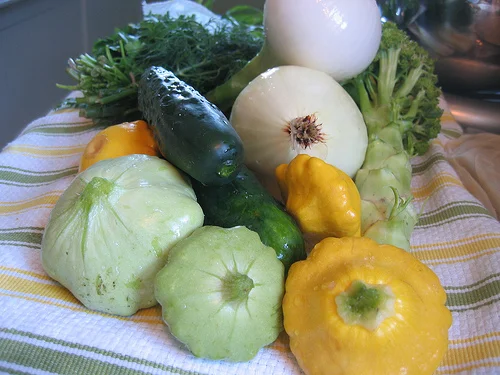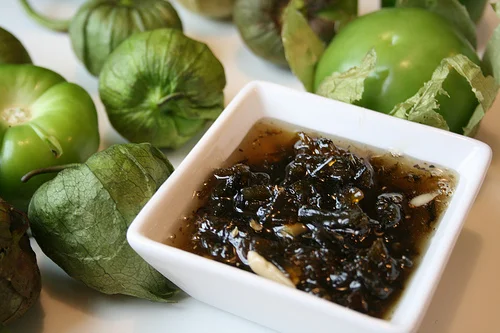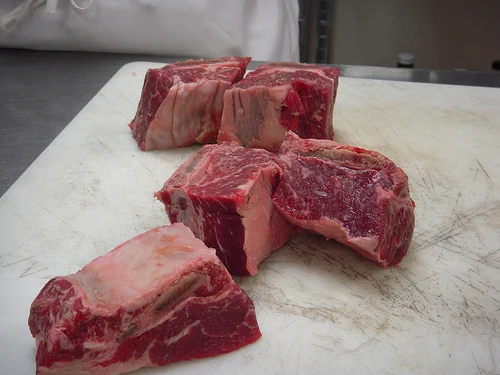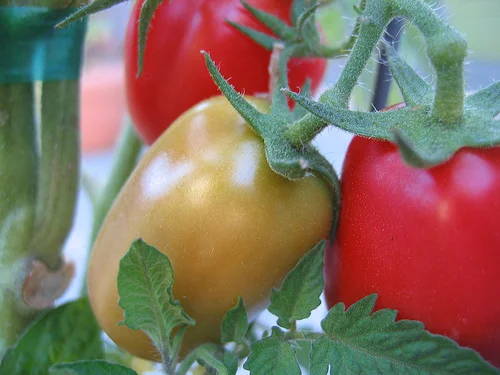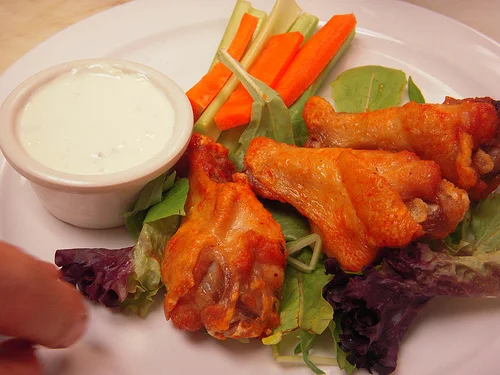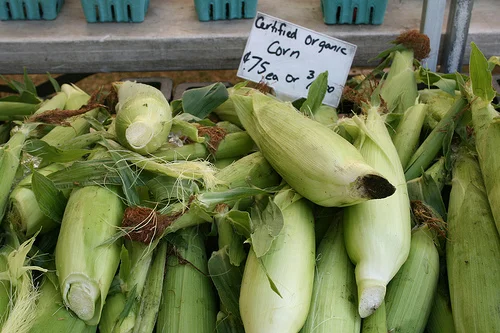Californian Cuisine
For class, we would often do culinary summaries of various regions around the U.S. I enjoyed learning about various individuals who made significant contributions in the evolution of Californian cuisine. It is a huge, wonderfully productive state, famous for their fusion, fresh and locally farmed foods in addition to their international success in the wine industry (see the movie Bottle Shock---it's great). Here was my summary:
California produces more crops than any other state. This state is well positioned for fresh, local, farm fare due to its wide variety of micro climates and geography. It boasts the largest irrigation systems in the country---providing opportunity even for desert farming.
The coastline of California stretches 1,264 miles from Oregon down to Mexico. San Francisco Bay is one of the finest natural harbors in the world, and includes approximately 450 square miles. Mountains cover most of California, acting as guardians to rich soil and fertile valleys. With intense desert heat pushing from the east side of the state, and coastal winds pushing inland from the west, the mountains running north to south managed to hold their ground. They harbor the Central Valley: the San Joaquin Valley in the south and the Sacramento Valley in the north.
Oliver Wozencraft led the charge to provide irrigation to Coachella and Imperial Valleys, both of which are in the Colorado Desert. A chain of levees were built, and the Colorado River provided irrigation---and subsequently agriculture---to this Eastern part of the state.
California’s largest agriculture industry is actually dairy farming; and the cheese industry is booming.
Horticulturist Luther Burbank had a significant impact on California’s eventual agricultural success. In the late 1800’s he moved from New England to Southern California; in his lifetime he developed more than 800 strains and varieties of plants (this is the guy who developed the Burbank potato, which was introduced to Ireland to counter the blight epidemic). His original research led to all sorts of discovery, as scientists learned to breed fruits and vegetables resistant to disease, bugs and extreme weather---as well as for improvements in size, shelf life and color.
Alice Waters is part and parcel to the development of Californian cuisine. She studied in France where cuisine was based on seasonal, high quality food from local farmers. She returned to Berkeley, California in 1971 and partnered with local growers in Northern California. Her restaurant Chez Panisse is still considered one of America’s premier restaurants, some 50 years later. She is credited with swaying California into their love of seasonal, local, farm-fresh and simply prepared food.
Australian born Wolfgang Puck became one of the first celebrity chefs; he emphasized an ‘open kitchen’ where guests could watch chefs prepare their food.
There are many more innovators, cooking schools, farmers and winemakers, politicians and chefs that have brought California's cuisine to the notoriety it enjoys today. They keep it fresh, the innovate, the inspire and they have always and will continue to live on the culinary cutting edge.

